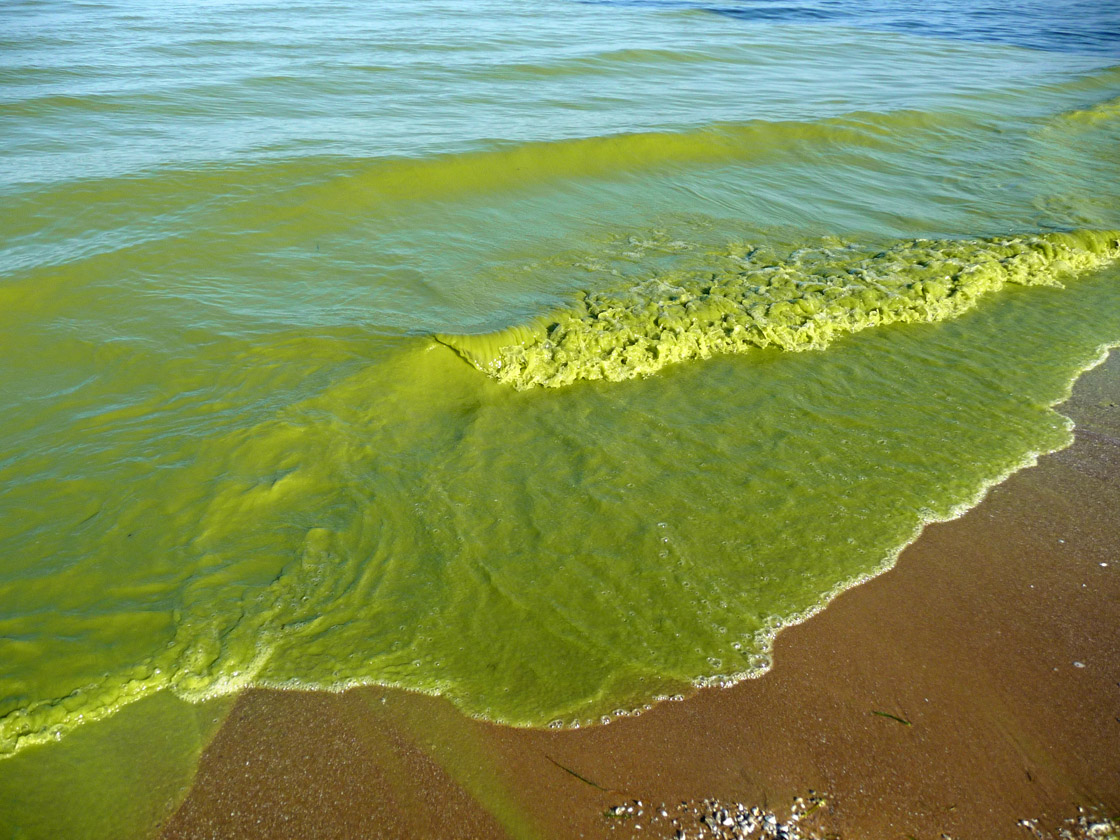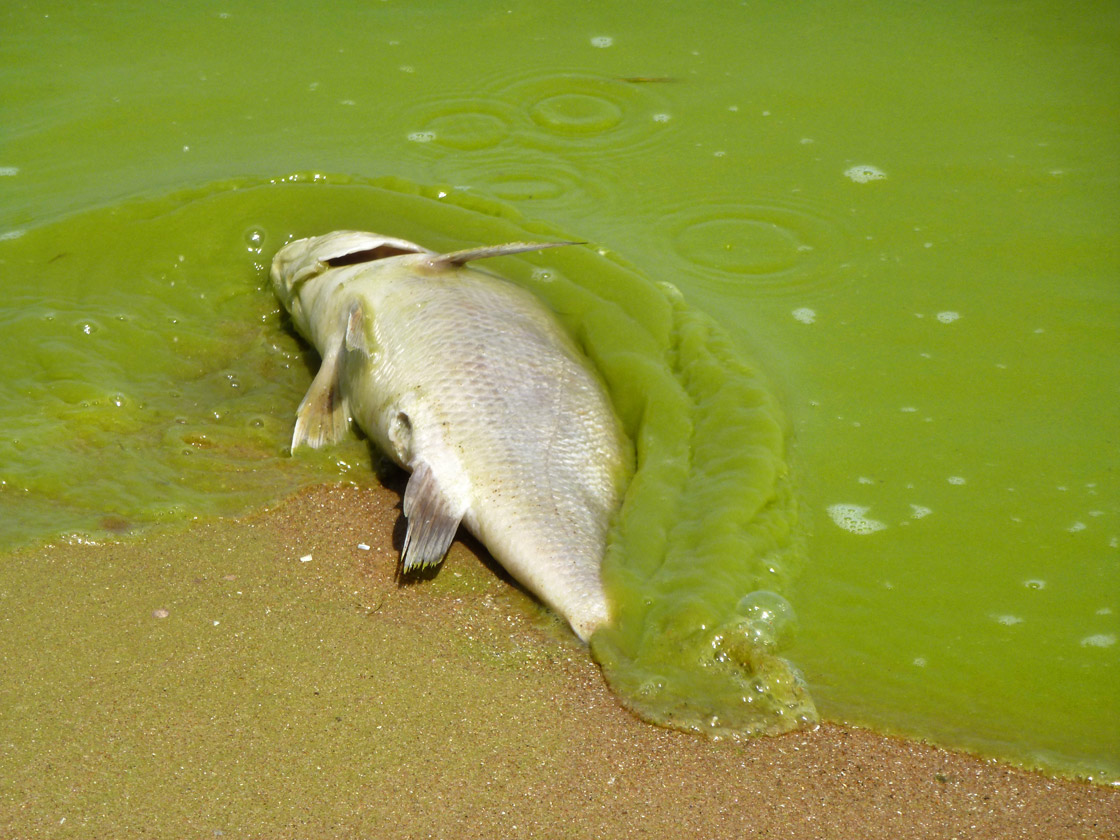TORONTO – The combination of changing weather patterns and farming practices were the cause of a massive, toxic algae bloom on Lake Erie in 2011 – something that experts say may be a sign of the new normal.

Heavy spring rainstorms in May 2011 led to a record amount of phosphorus washing into Lake Erie.
Phosphorus is a common nutrient found in crop fertilizers, as well as a fuel source for algae growth.
By October 2011 thick, bright green algae covered over 3200 square kilometres of Lake Erie. It was the largest harmful algae bloom in the lake’s recorded history. The bloom was made up primarily of toxic blue-green algae.
Experts believe the monumental algae bloom in 2011 is a sign of things to come.
“The perfect storm of weather events and agricultural practices that occurred in 2011 is unfortunately consistent with ongoing trends,” said Anna Michalak, from the department of Global Ecology at the Carnegie Institution for Science.

Get daily National news
“More huge algal blooms can be expected in the future unless a scientifically guided management plan is implemented for the region,” said Michalak.
Algae blooms
An algae bloom is a rapid buildup of the population of algae in a body of water.
“Algal blooms can cause major problems in aquatic ecosystems both ecologically and economically,” said Josef Daniel Ackerman, professor of Physical Ecology & Aquatic Science at the University of Guelph.
Harmful algae blooms – such as the 2011 bloom on Lake Erie – are those that damage organisms through the production of toxins. They can also lead to “dead zones” – a low-oxygen environment where most aquatic organisms can’t survive.
“It takes a long time for species to recover,” said Ackerman. “Burrowing mayflies in the western basin of Lake Erie have still not recovered from an anoxic event in the early 1950s.”
In the 1960s and 1970s Lake Erie was famously declared a dead zone after pollution, sewage runoff and increased levels of phosphorus resulted in algae blooms.
Examining the 2011 Lake Erie algae bloom
In a paper published Monday in the journal Proceedings of the National Academy of Sciences, researchers from the University of Michigan and eight other institutions explain the circumstances that lead to Lake Erie’s bloom in 2011.
In May 2011, over 17cm of rain fell in Ohio’s Maumee River basin – a primary tributary to western Lake Erie. The total rainfall was more than 20 per cent above the monthly average for that region.
“On top of that we have agricultural practices that provide the key nutrients that fuel large-scale blooms.”
Since the mid-1990s, farmers have adopted agricultural practices such as no-till farming. These practices have increased the amount of phosphorus-rich fertilizer on the top layer of soil. With a heavy rainstorm, the phosphorus is washed away into nearby water systems.
Once the bloom had formed, calm winds combined with warm water temperatures presented the ideal situation for the algae to grow.
“All of these factors are consistent with expected future conditions,” said the 29 authors of the paper.
“This event was caused by a complex combination of factors,” said Allison Steiner, atmospheric scientist at the University of Michigan and one of the paper’s co-authors.
“We tried to think about this problem in a much more cross-disciplinary way than I think other people have thought about it before,” said Steiner.
The researchers looked at a variety of factors that may have contributed to the 2011 bloom, including farming practices, land use, rainfall, temperature, and surface runoff.
The paper co-authors argue that changing agriculture practices such as no-till farming and increased production of corn crops for ethanol – which are routinely treated with a heavy dose of phosphorus-rich fertilizer – will continue to exacerbate the problem.
“The intensification of corn production is a problem,” said Michael Moore, paper co-author and professor of environmental economics at the University of Michigan.”
“Part of the solution would be to rethink this emphasis on corn production for biofuels,” said Moore.













Comments